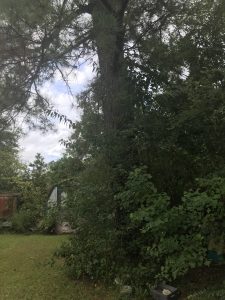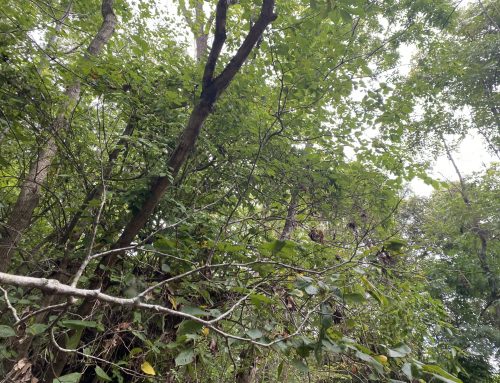

10/6/20
I spent 30 minuets studying my specimen. I chose to study one of my three focuses for my journal because I was only looking at its external changes and didn’t really think about what causes those changes if anything did since plants react to both external and internal stimuli. This tree is in the front of my sit spot facing North west maybe 10 feet away. I identified this tree as a Loblolly pine tree.
I saw that the leaves on the tree are skinny and spiny and that the bark of the tree was kind of octangular shaped and somewhat easy to be chipped off. The overall shape of the tree is more free form than skinny at the top and bigger at the bottom like a Christmas tree would be. I found that this tree is the most common species in South Carolina and these trees are native to the Southeastern United States. These trees aren’t fire resistant and don’t do well in the shade so the tree’s extent was limited. Loblolly pine was mostly restricted to narrow, wet habitats in low drainage areas called ‘loblollies’.
I already had a suspicion that this was a pine tree because of its leaves but I wasn’t sure so I researched about tree species that are native to South Carolina and went through the list of the big tree species that were evergreen. I looked at every species and there were some that looked like the one I was looking for but there were always small differences that made me think twice until I found the correct species. It wasn’t as exhausting as it seemed but it wasn’t the most exciting thing in the world either. I liked this experience of looking for a species because it was very interesting and informative because I definitely only thought that there was only one kind of pine tree that dropped the same Christmas tree shape cones.


Leave A Comment
You must be logged in to post a comment.